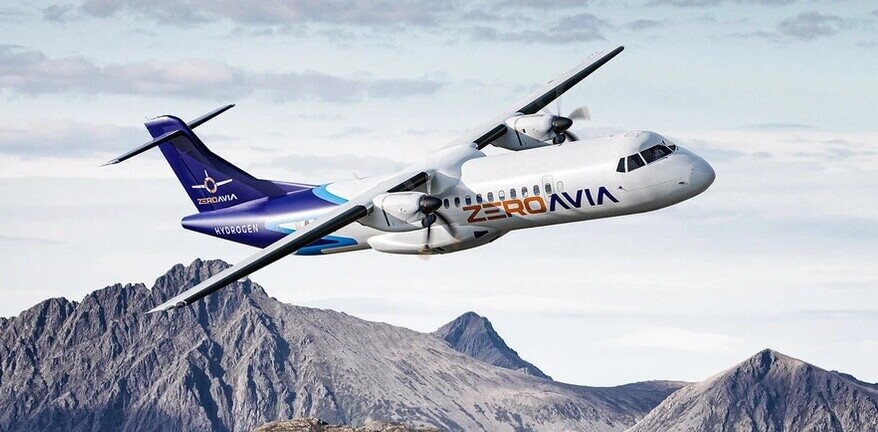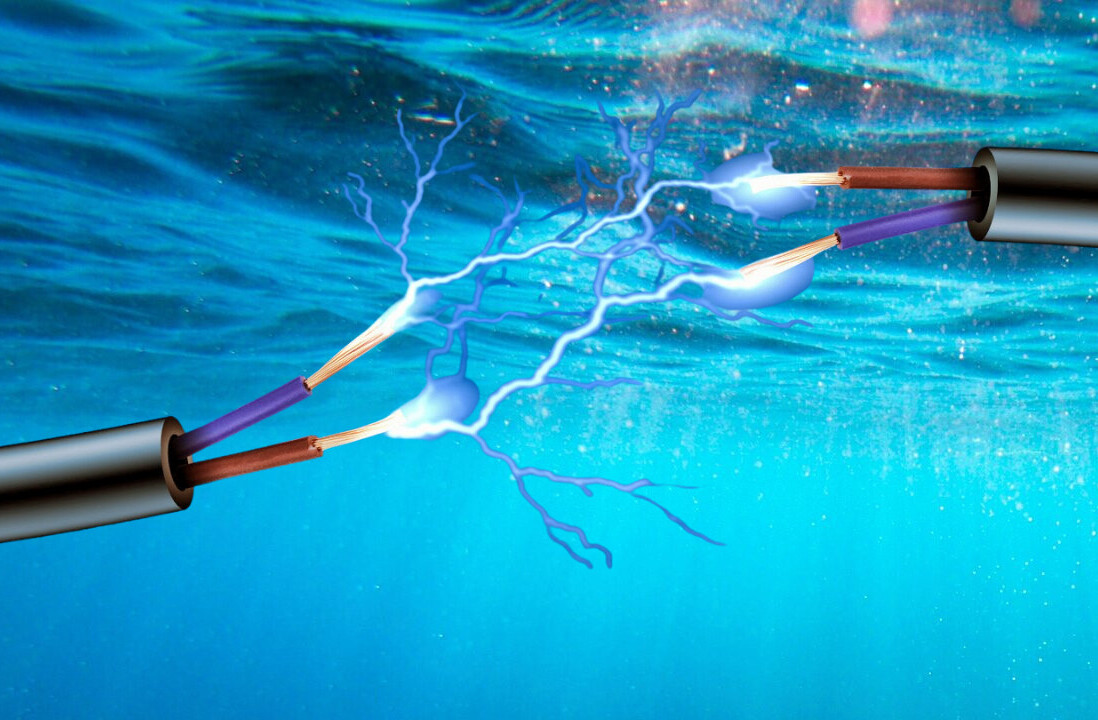
Last week, French automaker Renault released a sneak preview of a hydrogen-powered car.
We don’t know that much about the car yet. Any car can look good with a few sexy neon lights and a dark backdrop.
More news will come in May, but we have no real way of knowing if the concept car will even make it to market.
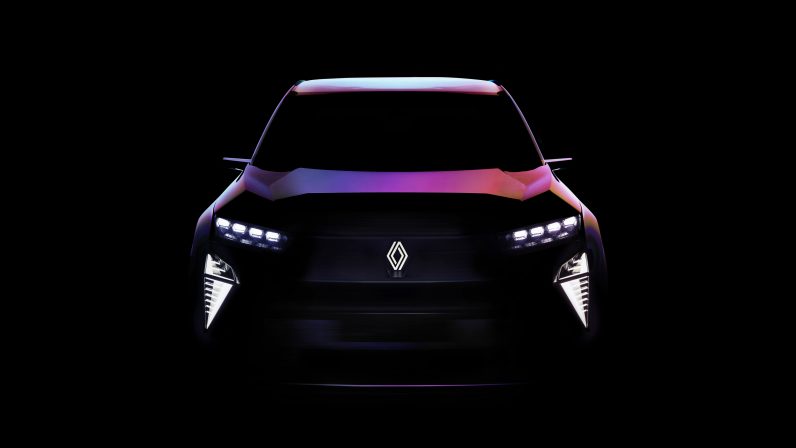
But it’s important to not simply dismiss the idea out of hand, and here’s why:
Not Renault’s first rodeo
Firstly, this is not the company’s first foray into hydrogen fuel cell electric vehicles (FCEVs). In 2019, the company announced plans to add hydrogen to two of its light electric commercial vehicles.
Just a refresher: FCEVs operate with a fuel cell, which combines hydrogen from their tanks with oxygen from the air to produce electricity (to power an electric motor). The only emission is water.
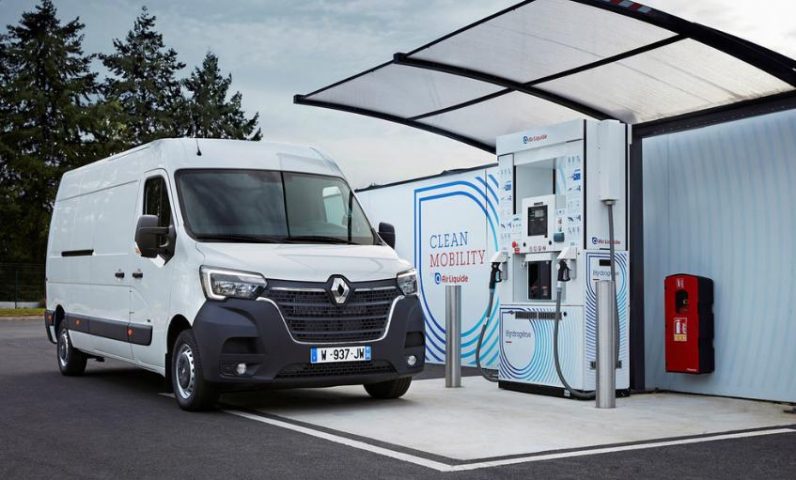
But Renault is doing something different. The Renault Kangoo ZE Hydrogen and Renault Master Z.E. Hydrogen use hydrogen for extended range, not as the sole source of battery power.
According to the company, the hydrogen fuel cell provides additional energy for up to three times more range than 100% electric vehicles, with a charging time of only five to 10 minutes.
Its target market is specifically business fleets, especially those already in possession of a hydrogen fueling station or those who drive a regular route which includes access to a suitable refill station.
Can hydrogen fuel cells catch up to EV innovation?
Last year, José Muñoz, chief operating officer for Hyundai, commented that hydrogen technology is about where battery vehicles were in the early 2010s.
The company predicts that its fuel cells will reach cost parity with electric vehicle batteries by 2030. Geez, that’s a lot of catching up to do.
Despite that, Hyundai aims to become the first automaker to apply fuel cell systems to all commercial vehicle models by 2028.
One of the biggest barriers to commercializing hydrogen has been the lack of sustainable green steel and green hydrogen. Currently, over 95% of the hydrogen available is produced using fossil fuels — clearly counterintuitive to its reputation as a carbon-friendly form of energy.
Further, we don’t know if Renault’s concept car is an all-hydrogen or extended range.

But, we won’t see a Renault hydrogen-powered car without adequate infrastructure. For reference, all of France has less than 20 public charging stations in operation.
By comparison, there are over 30,000 EV charging stations across the country. It makes the idea of extended range seem rather irrelevant.
And what’s more, you can’t refuel a hydrogen car at home at night.
But France is investing big
Fortunately, Renault is putting even more effort behind its hydrogen-powered ambitions.
In 2021, the company announced a partnership with Plug Power on an enterprise called HYVIA. It focuses on vehicle R&D and refueling stations. Plug Power has deployed over 40,000 fuel cell systems and designed and built 110 refueling stations.
After less than six months of existence, the HYVIA has unveiled three hydrogen light commercial vehicles: a van, a chassis cab, and a city bus. The vehicles will be available in 2022 with green hydrogen production and distribution solutions. It’s a great start.
And, for broader context, France has been betting big on hydrogen since launching a national plan in June 2018. It aims to have 400 to 1,000 hydrogen stations by 2028. Okay, the numbers look woeful compared to EV chargers, but still.
Hydrogen taxis have hit the streets
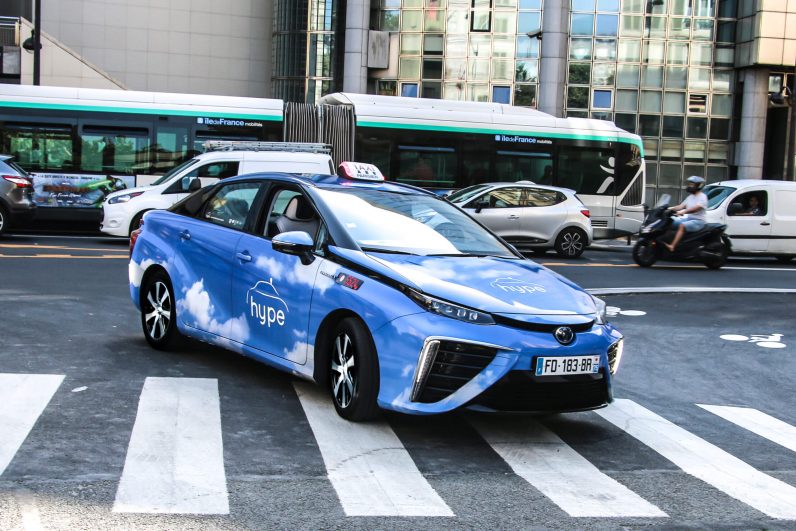
There’s even a taxi company called HYPE, the world’s first mobility company to develop a commercial fleet of hydrogen-powered taxis. Since their 2015 founding, they’ve already transported over a million passengers in France.
The company plans to deploy 10,000 Hype taxis and 20 stations powered by locally produced green hydrogen in the Paris region, and expand to 15 additional cities by late 2024.
Can good intentions translate to commercial success?
So, when we talk about hydrogen, we’re never short of plans or good intentions. It’s putting these into practice that is taking a long time – and a lot of money.
And, if we look at the auto industry delays of the last two years, FCEVs have A LOT of catching up to do. I want them to catch up. I want ALL of the alternative energy sources to succeed — electric, hydrogen, solar, and whatever comes next. It’s the waiting that I hate.
Get the TNW newsletter
Get the most important tech news in your inbox each week.
